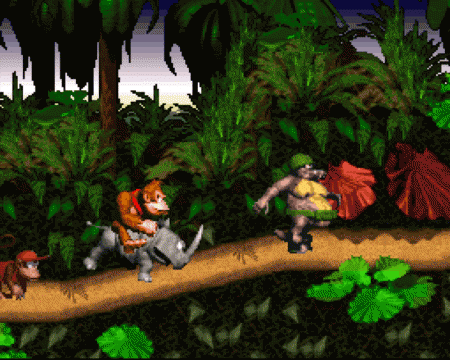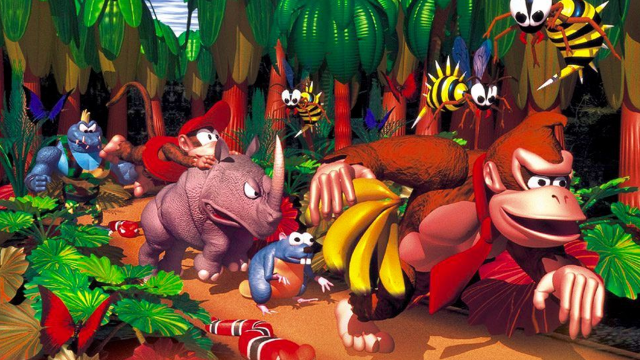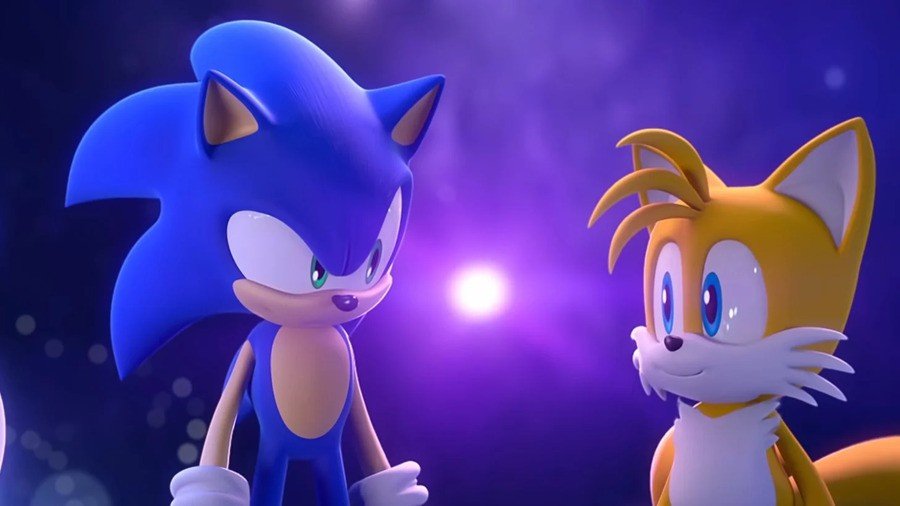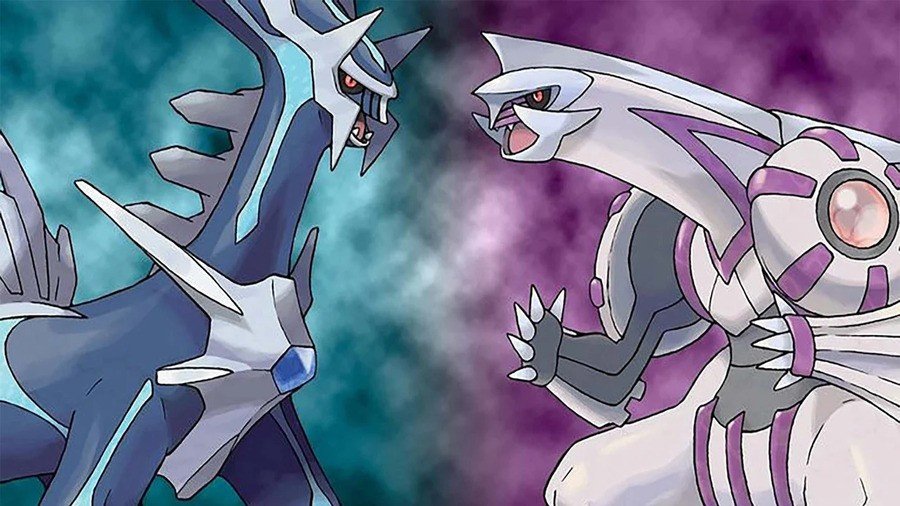Bits & Bytes is a weekly column where Editor-in-Chief Robert shares his thoughts about video games and the industry on a lazy Sunday. Light reading for a day of rest, Bits & Bytes is short, to the point, and something to read with a nice drink.
Donkey Kong Country. Developed by UK super studio Rare and released in 1994 for SNES. I was eight years old.
I can’t remember what the occasion was that brought the game to my grandma’s house. My birthday? Christmas? Who knows. The SNES was located in my aunt Linda’s room, the unspoken but universally agreed upon “kids” zone in the house. The large entertainment center had cabinets built into its base, which is where the SNES and its games were cradled.
The TV was big but unwieldy; often, playing Turtles in Time would cause all of the colors on the screen to become warped and distorted. Otherwise, the arrangement was perfect. Adults rarely entered. The space in front of the TV was buttressed by a large trunk that handily doubled as a small table for children with all manner of snacks and sodas to ingest while playing. A stereo system connected to the television meant that the sound was always crisp, clear, and rich. The ultimate setup.
Cartridge inserted, power switch slid to “on,” and there it goes: a jingle punctuated with horns proudly announcing the arrival of Rare’s shining achievement. It wouldn’t have sounded out of place in a royal court somewhere, echoing off of tall, stone walls as a king strode towards his glittering throne. An apt introduction for a project so bold. As the Rare logo animated to life before my eyes, it became clear right away that this game was going to be different.
 Strike that—pronouncedly different. Donkey Kong might have played like a Super Mario game, but the similarities paled before the stark differences between the two. Where Mario’s world was bright and fantastical, DK’s was like something plucked from reality. Cypress trees soared towards the clouds; verdant jungles buzzed with life; coral reefs burst with color and gracefully flowing fans; DKC, without hyperbole, looked like no other video game ever had.
Strike that—pronouncedly different. Donkey Kong might have played like a Super Mario game, but the similarities paled before the stark differences between the two. Where Mario’s world was bright and fantastical, DK’s was like something plucked from reality. Cypress trees soared towards the clouds; verdant jungles buzzed with life; coral reefs burst with color and gracefully flowing fans; DKC, without hyperbole, looked like no other video game ever had.
Yet another departure from the Mushroom Kingdom could be found in the rhythmic manner by which Diddy and Donkey bopped across the heads of their foes. Sure, Mario and Luigi were athletic in their own right, but this simian duo had a flow to their attacks that promoted a steady forward momentum. Rolls through foes could be rapidly combined into a barrage of bounces could be then carried into a string of canon barrels and so on, and so on. The perpetual motion was supported by tight controls that deftly complimented the buttery smoothness of the visuals and animations.
Today, even in a world of high definition graphics and two remarkably fun Donkey Kong Country sequels developed by Retro Studios, that first installment still holds dominion as the best of the proverbial banana bunch. I love Donkey Kong Country 2’s stunning world design, and Donkey Kong Country 3 refined the gameplay to perfection, but the first is the most iconic, the most impactful, and has the strongest legacy. More often than not, I find myself launching DKC when I want something to play but don’t have any particular title in mind. I run through the adventure almost entirely on muscle memory, flying through each stage like a bird through the sky. Every fresh run brings a grin to my face.
It’s my gaming comfort food. It’s the king of the Kongs.
The post Bits & Bytes: Of Kongs And Kings appeared first on Nintendojo.


